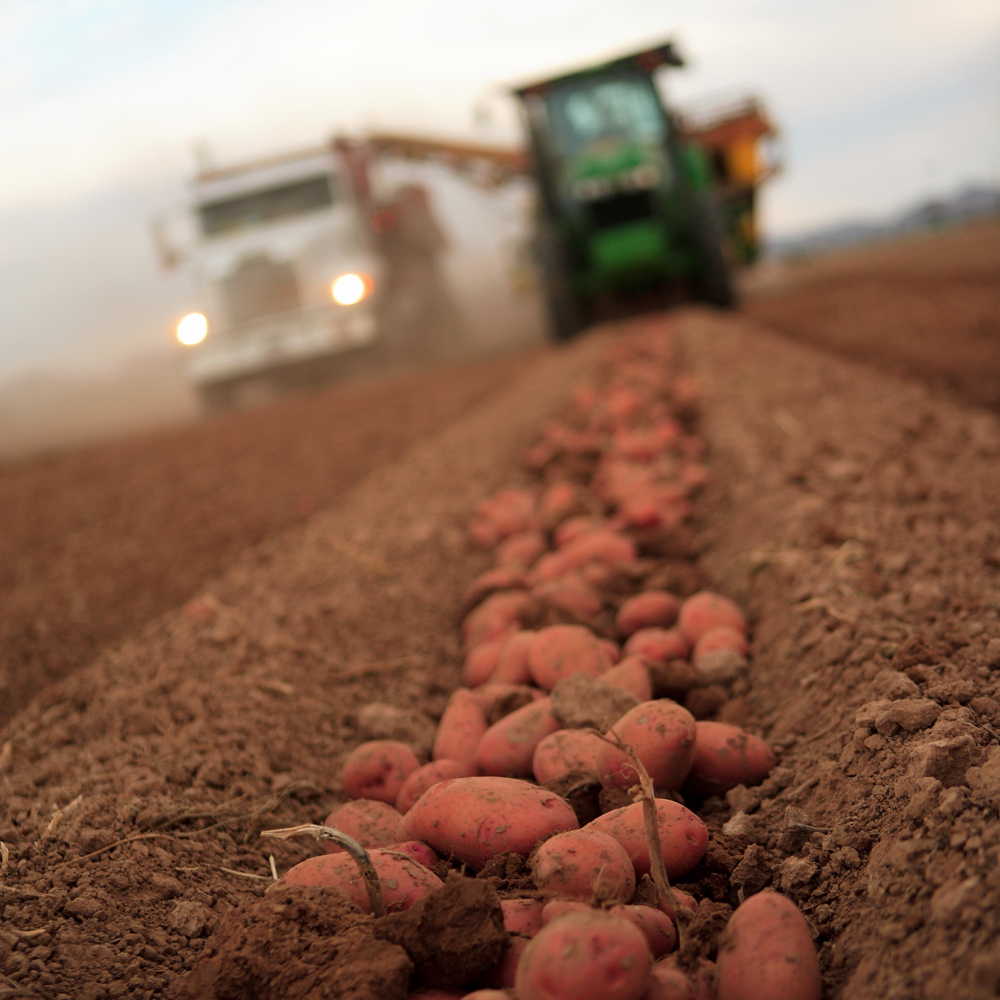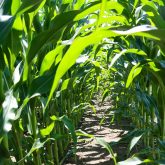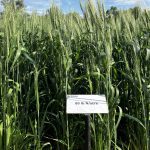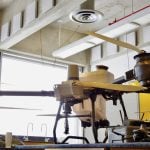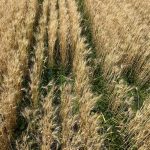Ontario potato growers will continue to feel the heat from Ontario’s sizzling summer during harvest.
“The number of days over 30 C and nights over 20 C has been close to a record breaker for us, and it’s really hampered yield,” said Mark VanOostrom, supply manager for Northeast Ontario and East with WD Potato, at the Potato Field Day and Trade Show last week.
He predicts a 20 per cent yield reduction is likely, with some fields seeing up to 50 per cent loss.
Read Also
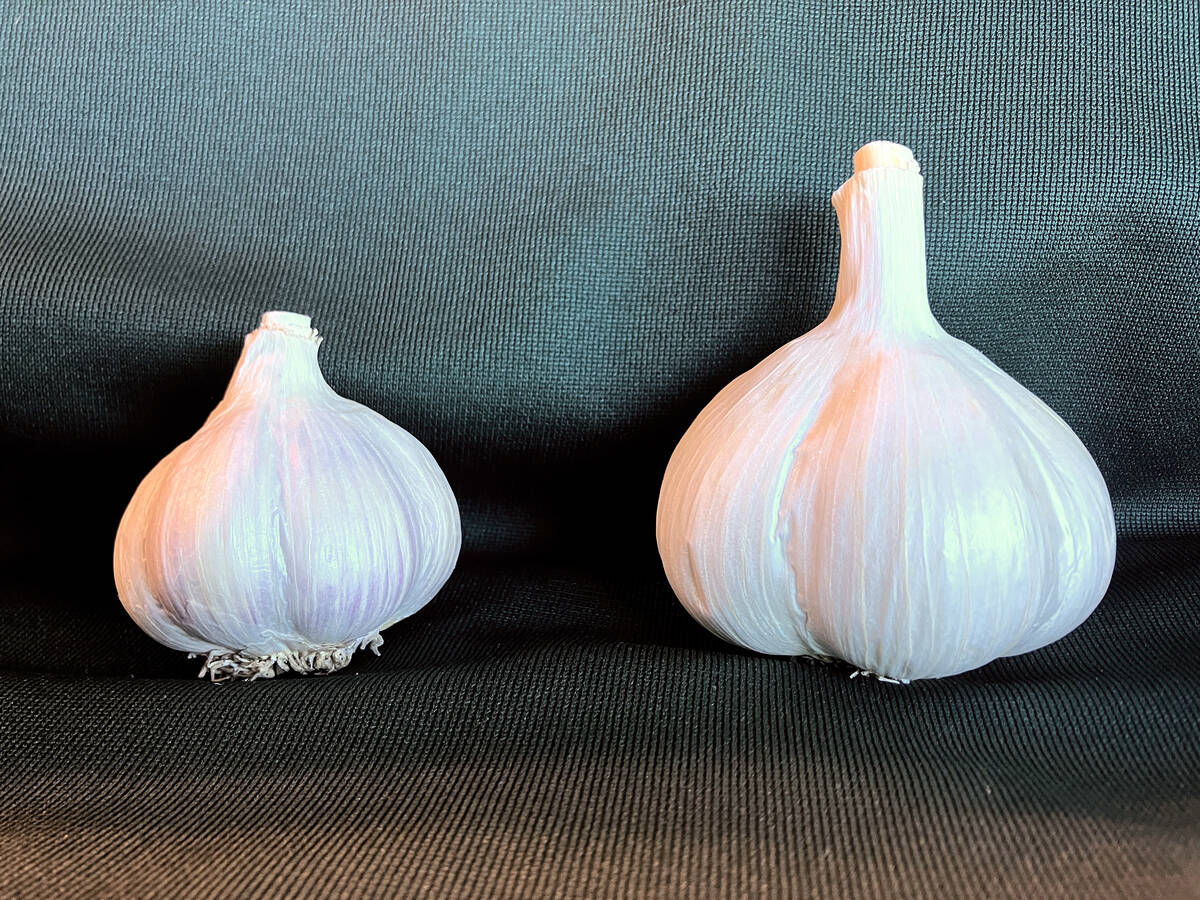
Clean seed garlic promises bigger bulbs and higher returns for growers
Ontario garlic trials show clean seed outshines conventional yields, with stronger drought resilience, reduced virus risk and greater economic outcomes.
“There’s a lot of variability from field to field, grower to grower, and variety to variety.”
Why it matters: Along with record-breaking high temperatures, Agriculture and Agri-Food Canada reported that 71 per cent of the country reached the abnormally dry or moderate to extreme drought classifications by the end of July.
While the hot, dry weather reduced the impact of late blight this season, Dr. Eugenia Banks said producers were also scouting for pink eye and Potato Virus Y (PVY), which thrive in dry, hot conditions, as well as heat stress indicators such as leaves folding in on themselves.
“We haven’t seen a lot of disease in the canopy, on top of heat stress and drought stress, we’ve seen some early die,” VanOostrum said. “Any sort of soil disease that could be there is not helping matters, but from a disease standpoint, we’re going fairly well.”
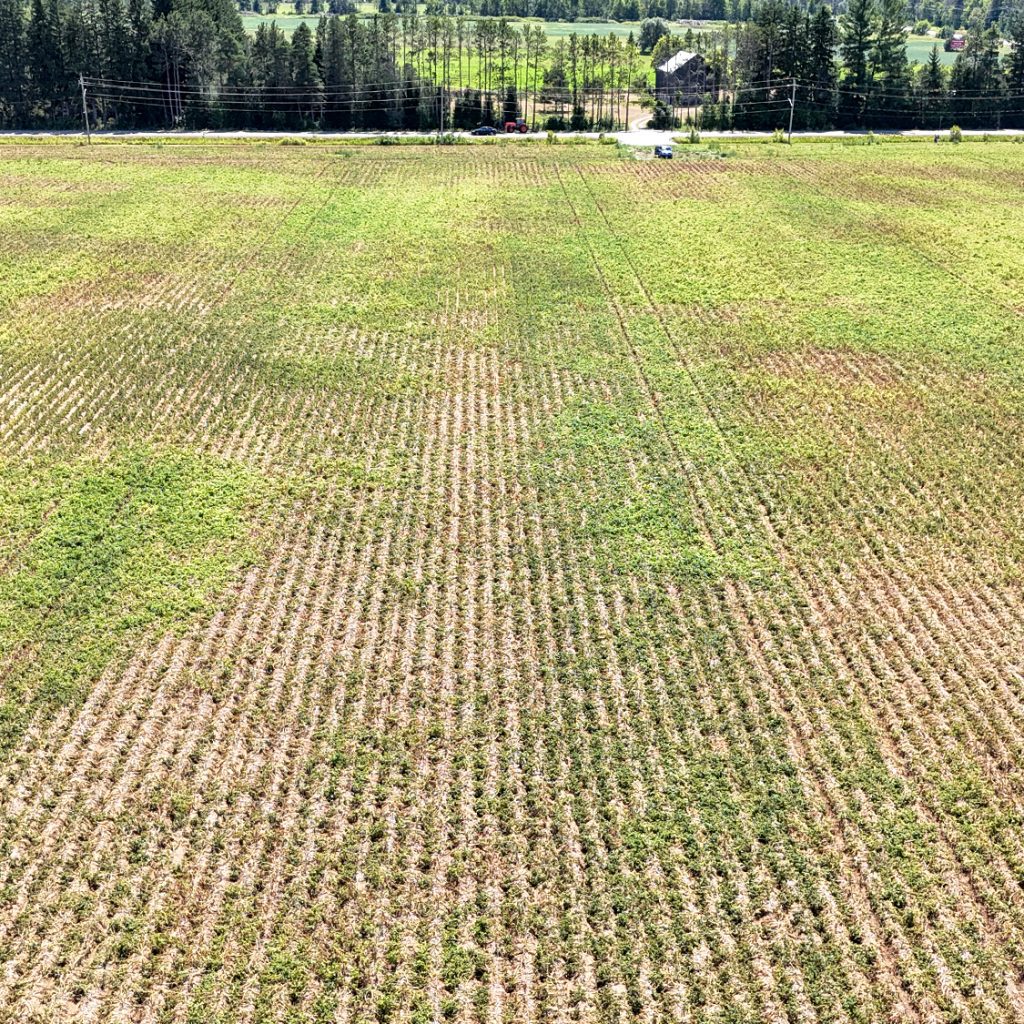
Environmental issues, such as speckle browning, brown centres in the tuber, and heat necrosis – which is rare in Ontario – were also on VanOostrum’s radar.
He also mentioned that stem-end defects, a buildup of sugar at the stem during storage, could be a concern.
“Some of the problems from heat and drought stress crops are early sprouting. We need to understand that those fields aren’t meant for long-term storage,” he said. “And we need to put our CIPC on quicker than we normally would.”
CIPC is chlorpropham, a chemical used to inhibit potato sprouting during storage, especially at warmer temperatures.
VanOostrum suggested that recent rainfall may assist later-planted fields, especially those with ideal soil management, in reducing the impact of a poor yield to an average one.
“Some of these varieties may rejuvenate and pick up some fertilizer that hasn’t been used yet,” he suggested. “But a week from now (early September), we’re thinking about top killing and getting ready for storage.”
Tyler Beattie, a sixth-generation producer at John Beattie Farms in Alliston, said their irrigation pumps worked overtime this season. He’s optimistic that the recent drop in temperatures will help improve harvest quality, even with an expected 20 per cent yield decline.
“Usually, a smaller crop yields a better-quality potato,” Beattie said. “We’re getting those (cooler nights) now in the most important time (to get) the bulking and skin set needed for storing and gravity, which Frito Lay loves.”
Initially, his digs showed gravity (plant density) levels at 14 to 14.5, but a week of cooler temperatures bumped that to 17, far closer to the 18 to 19 gravity level favoured by processors.
The recent two to three inches of rain and cooler temperatures could help the unirrigated land crop increase residual fertilizer uptake, he said, and, along with a slight harvest delay, could make all the difference.
“It was going to be a really sad story about a month ago, and I think it’s going to be okay,” Beattie said.




